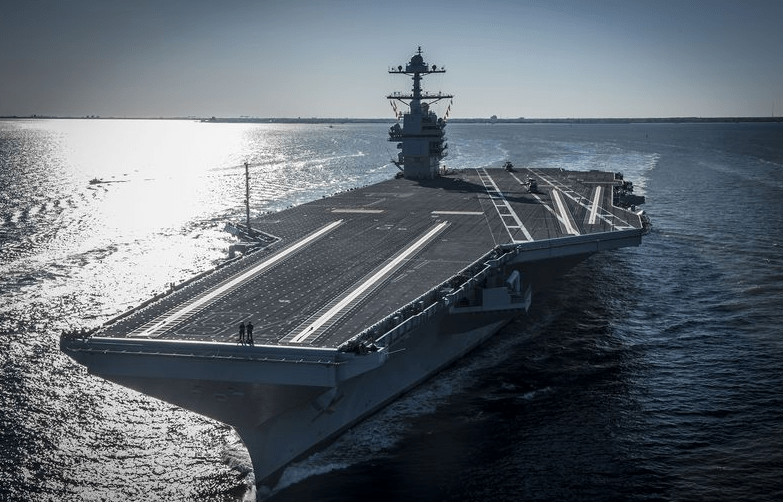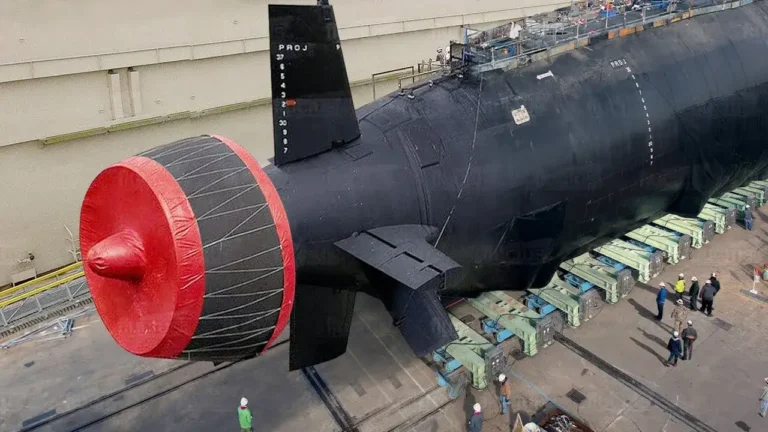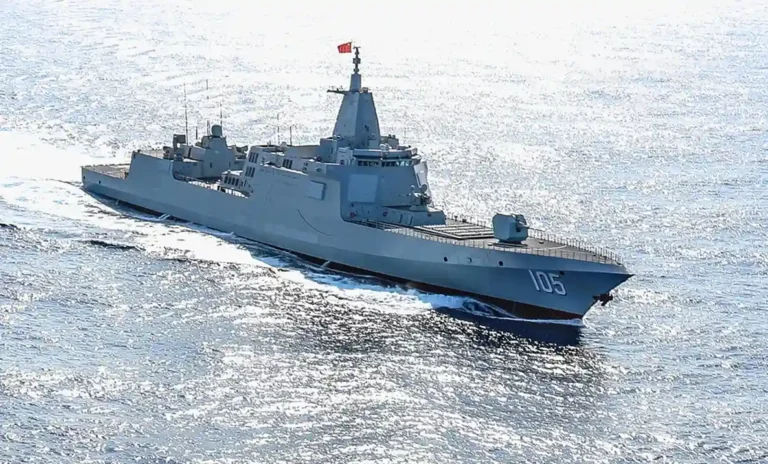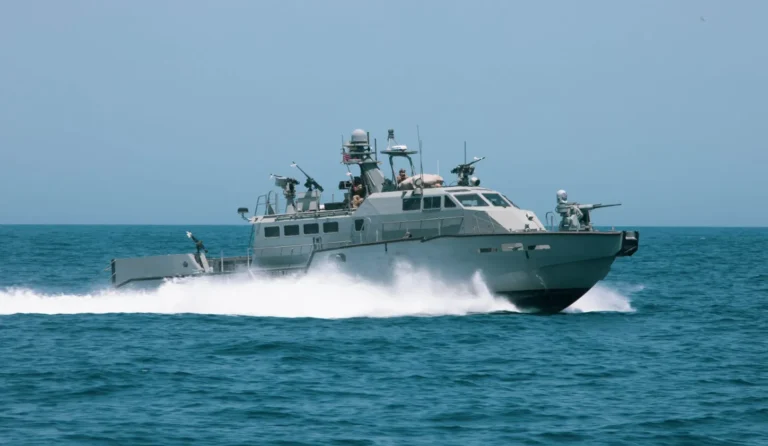Follow Us:
Share
Table of Contents:
Defense Feeds – The Navy’s twelve nuclear-powered aircraft carriers are among the most powerful manifestation of American military power.
However, there has been raising concern in recent years that shifting mission requirements and enemy capabilities could make carriers more vulnerable to attack.
In today’s episode, we’ll take a look at the various threats that the carrier might suffers, as well as the counter-measures put in place to keep the carrier protected.

The aircraft carrier is always surrounded by a Carrier Strike Group, which consists of destroyer ships, cruiser air wing defence, and often submarines sneaking beneath the sea surface not far away to protect the carrier even they too are vulnerable to attacks.
When the ships are made of 4 million pounds of metal and 20 levels above sea level, it’s difficult to stay undetected. For this reason, carriers have a separate radar band system that searches, detects, and tracks aerial targets from 100 miles away, including low-altitude targets.
The carrier wing also includes the E2 Hawkeye and the E-18 Growler fleet to conduct electronic warfare. From more than 340 miles distance, the E2-Hawkeye detects and tracks enemies, providing crucial details to the strike group in order to prepare ahead of time. Even so, an aircraft carrier is not invulnerable that might be attacked from both the sea and the land.
The most ubiquitous seaborne threat to aircraft carriers is drifting or tethered mines, especially in shallow water where they are harder to detect, and in chokepoints like the Straits of Hormuz.
To anticipate this, the Navy plans to operate its carriers in such areas only when they have been cleared of mines, and has made extensive investments in various mine detection and neutralization systems.
Additionally, according to Thompson from the Lexington Institute, Cruise missiles, wake-homing torpedoes, ballistic missiles, and mines are among the most serious threats to carriers.

For this reason, militaries throughout the world are strengthening up their defences against anti-ship missiles that are constantly improving and becoming more lethal. Such missiles are fast, precise, and can be launched from a great distance.
The United States Air Force and Navy use a long-range anti-ship missile manufactured by Lockheed Martin with a range of around 300 nautical miles. To combat the adversary’s electronic warfare, it is fitted with automatic target matching recognition and jam-resistant devices.
Precisely, this missile can be launched from navy ships’ vertical launch systems or from stealth aircraft like the B1 bomber, carries 1000 pounds warhead capable of causing catastrophic damage to any seagoing vessel.
Moreover, to protect itself from anti-ship missile attacks, various countermeasure systems have been put in place from air fighter aircraft like the F-18 or the F-35. They are ready to deploy their air-to-air missiles in order Targeting either a threatening aircraft or the anti-ship missile that was deployed.
Furthermore, the AIM-120 advanced medium-range air-to-air missile, developed by Raytheon, has a range of up to 86 nautical miles and can fly up to 3045 miles per hour. It is fitted with an inertial guidance system. With its internal weapon bay, the F-35b model, which can be launched from amphibious assault ships, can carry four units of the AIM-120.
The weapon systems onboard the aircraft carriers are also designed to combat the immediate threats that surround the ships. The ship’s close-in weapon systems can recognize and destroy incoming missiles from a short distance.
Lastly, the phalanx systems on US naval ships work in a similar way to the Cashtan system, intercepting missile strikes from a range of roughly 1625 yards with a rate of about 4500 rounds per minute.
The radar-guided system detects and identifies fast-moving targets before automatically launching weapons against them before reaching the ship.
Share
Defense Feeds
Defense Feeds is publication focusing on informing, engaging, and empowering the world by providing accurate information from defense technology.
Powered by Defense Feeds © 2025 – All rights reserved.




